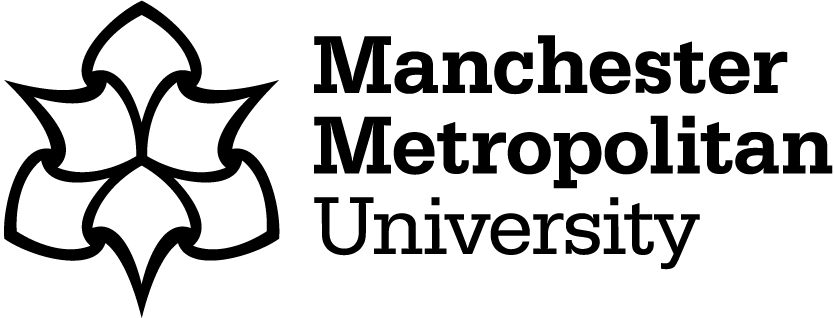Revenants and Remains
As the Oxford English Dictionary defines it, a revenant is ‘A person who returns from the dead; a reanimated corpse; a ghost’.
These meanings of the term ‘revenant’ lie at the heart of Experiencing Britain’s Ruins, for, from the medieval period onwards, each of our chosen sites has been associated with tales of ghosts, spectres, visions and other forms of supernatural activity.
The stories from c. 1400 that are associated with Byland Abbey, for example, contain numerous instances of revenants and supernatural visitation, and several of these tales were collected by the antiquarian scholar and ghost-story writer M. R. James and published in Latin in 1922.

With the exception of the legend of a late 12th-century Abbot of Furness who had a vision of St Cuthbert there, there are apparently no extant medieval ghost stories associated with Furness Abbey. In the late 18th and early 19th centuries, however, these imposing ruins became a popular destination for domestic Picturesque tourists, many of whom were inspired to write evocative descriptions of, and topographical poetry about, the site. In her travel journal of 1795, for example, Ann Radcliffe, the greatest Gothic romancer of her day, imaginatively peopled Furness Abbey with a train of ghostly friars, setting in place a range of Gothic associations for the site that have remained current to this day. A chronicle owned by the Augustinian Lanercost Priory in Cumbria in the mid 14th century, meanwhile, is replete with ghost stories, tales of malign revenants and even demonic possession. The supernatural stories associated with Rievaulx Abbey in North Yorkshire include that of Waldef, the mid-12th-century Cistercian abbot and future saint who had a vision of St William, the Abbey’s recently deceased first abbot, there. St William was accompanied by a heavenly host, his brethren at Rievaulx, their brilliant white robes glistening with gold and gems, each of which symbolising a soul that their prayers of intercession had saved. Furthermore, Walter Daniel’s The Life of Aelred of Rievaux, a 12th-century account of the abbot’s life, mentions the devil’s visit to the monks’ dormitory, a moral tale that taught the importance of remaining vigilant against sin and sexual temptation. The 13th-century monastic chronicler Matthew Paris described a ghostly tournament of knights that took place close to Roche Abbey, South Yorkshire, in May 1236, and in the late 18th century, the abbey became a popular setting for Gothic poems and romances. As evidenced in the 2016 film Ghosts of Roche Abbey (dir. Phil Sinclair), the site’s associations with the supernatural remain very much in place today.
By ‘remains’, we mean ‘that which remains or is left of a thing or things after other parts have been removed, used, or destroyed; (also) that which remains to be done’ (OED), a term that implies remains that are both architectural (in the form of ruins) and physical or corporeal (in the form of skeletons, bodies, tombstones and graves). Beyond the striking presence of the ruins themselves, our selected sites are extraordinarily rich in such remains. At Byland, for example, the physical remains on site, including the book cupboard in which the manuscript containing the ghost stories was stored, the chapter house and the numerous funerary slabs throughout, provide crucial insight into are abbey’s political and religious history. The physical relics at Lanercost Priory include notable examples of late medieval funerary monuments.
The holy dead; the pious dead; spirits requesting spiritual services; the restless dead; the chivalric dead; and diabolic intervention: the Revenants and Remains at the 5 selected sites and beyond illustrate the full range of beliefs about religion, the afterlife and the return of the dead in the Middle Ages, a tradition that, in turn, nurtured the Gothic imagination from the 18th century onwards. It is through these and other such revenants and remains that Experiencing Britain’s Ruins seeks to use the dead to bring the past vividly back to life for modern-day visitors.
